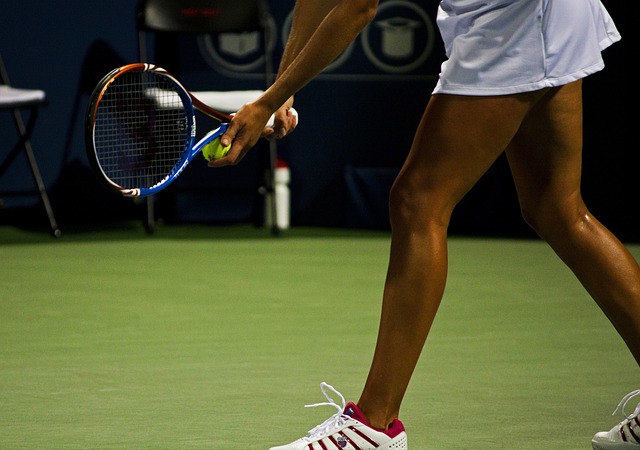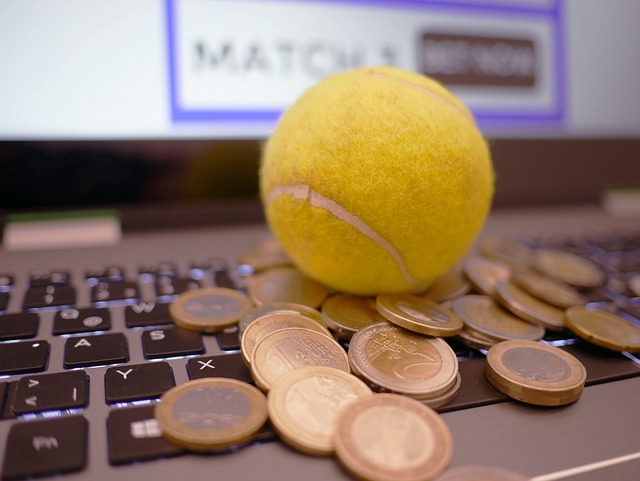In gambling and trading, predictive models generate probabilities for outcomes, but these raw predictions often don’t translate directly into fair prices or odds. Model calibration is the process of adjusting predictions so they align with real-world outcomes, enabling more accurate pricing and risk management.
This post covers what model calibration is, why it matters, and practical steps to implement it effectively.
What Is Model Calibration?
Calibration ensures that the predicted probabilities from a model reflect actual outcome frequencies. For example, if your model assigns a 60% chance to a set of events, about 60% of those events should occur over time.
Uncalibrated models may be overconfident or underconfident, leading to mispriced odds and suboptimal betting decisions.
Why Calibration Matters in Pricing
When turning predictions into prices or odds, calibration impacts:
- Fairness: Prices that match true probabilities prevent systematic losses.
- Competitiveness: Well-calibrated prices attract smart players while managing margins.
- Risk Control: Accurate probabilities help set appropriate limits and hedges.
Ignoring calibration risks over- or undervaluing outcomes, which erodes ROI.
Common Calibration Issues
- Overfitting to training data causes confidence inflation.
- Imbalanced data skews probability estimates.
- Changes in the environment (lineups, conditions) reduce prediction accuracy.
Addressing these requires ongoing calibration checks and adjustments.
Practical Calibration Methods

1. Platt Scaling
This method fits a logistic regression model to map raw model outputs to calibrated probabilities. It’s simple and effective for binary classification tasks.
2. Isotonic Regression
A non-parametric approach that fits a monotonically increasing function to adjust probabilities. It works well when the relationship between raw predictions and true probabilities is nonlinear.
3. Temperature Scaling
Common in deep learning models, temperature scaling rescales logits to soften or sharpen predicted probabilities, improving calibration without changing ranking.
4. Bayesian Calibration
Uses Bayesian updating to adjust probabilities based on observed outcomes, incorporating uncertainty in the calibration process.
Step-by-Step Calibration Workflow
- Split your data: Reserve a calibration dataset separate from training and testing.
- Generate raw predictions: Apply your model to the calibration set.
- Choose calibration method: Select appropriate technique based on model and data characteristics.
- Fit calibration model: Use calibration data to learn adjustments.
- Validate calibration: Use metrics like Brier score or reliability plots to assess calibration quality.
- Apply calibrated model: Use adjusted probabilities for pricing or decision-making.
- Monitor over time: Recalibrate periodically as new data arrives or conditions change.
Calibration Metrics at a Glance

| Metric | Purpose | Interpretation |
|---|---|---|
| Brier Score | Measures mean squared error between predicted probabilities and outcomes | Lower scores indicate better calibration |
| Calibration Curve | Plots predicted vs. actual probabilities | Closer to diagonal line means good calibration |
| Log Loss | Penalizes false confident predictions | Lower is better |
Final Thoughts
Model calibration bridges the gap between raw predictions and actionable prices. Consistently calibrated models improve pricing accuracy, risk management, and overall profitability.
Adopt calibration as a routine step in your modeling process, and revisit it regularly to maintain sharp, reliable prices.
